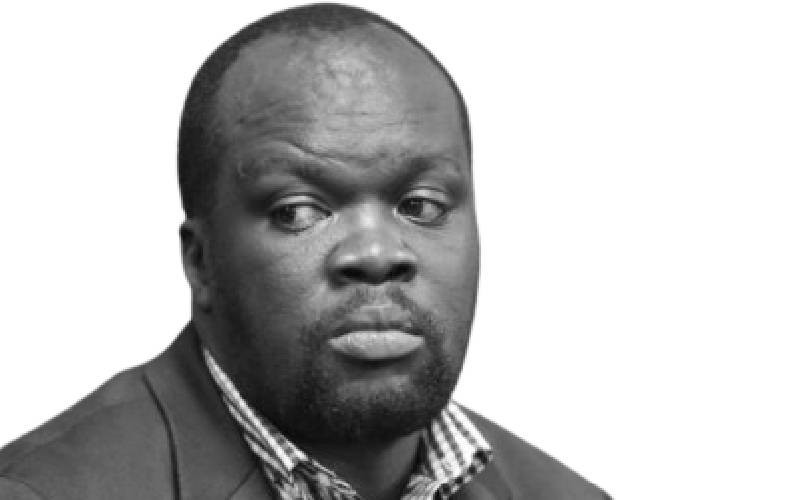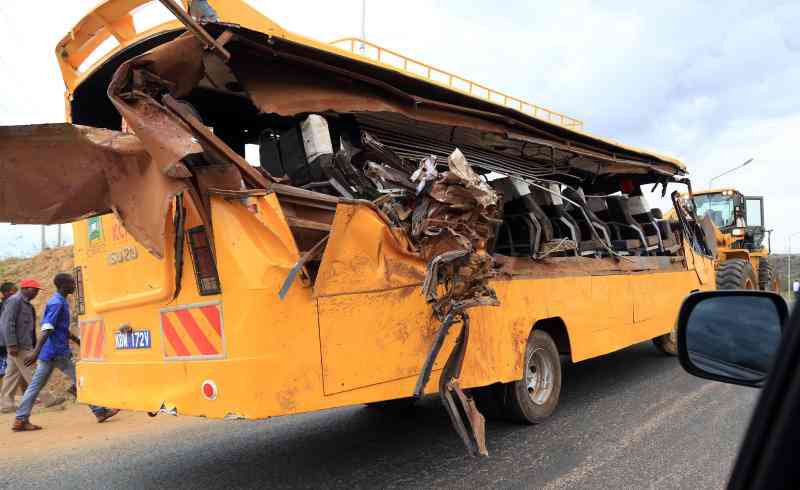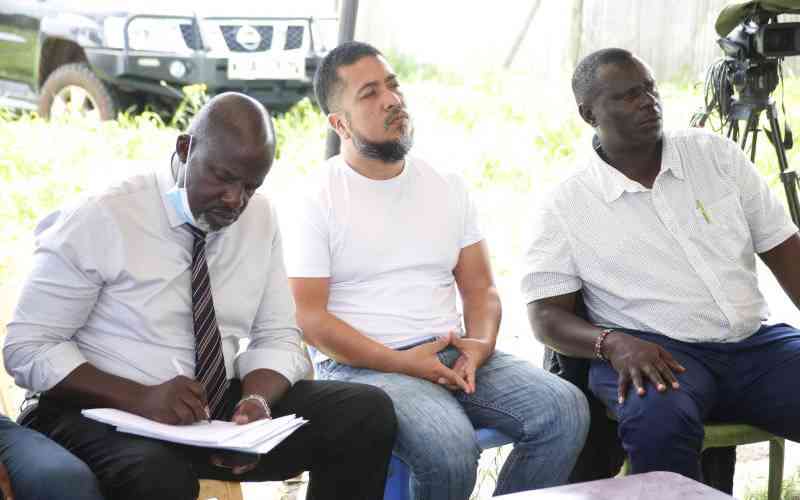By Frankline Sunday
Kenya: Trushar Khetia has always felt that there was something missing in the country’s advertising market.
It appeared to him that there was a lot of what he terms audience fatigue — Kenyan consumers were getting tired of being exposed to the same old thing over and over.
“Our advertising had become boring, and companies were pumping a lot of money into ad campaigns without taking the time to figure out if they were getting the desired results from their investment or not,” he said.
To resolve the issue, Mr Khetia felt the advertising industry should shift from a traditional medium to a more “modern” format.
“The main forms of transportation in our country are buses and matatus, and we have literally tens of thousands of these PSVs that offer potential ad space.”
He set about figuring out how to convince companies to advertise on public vehicles on transit — including buses, matatus, taxis and even trains — to get more visibility.
The idea first came to him while he was studying at the University of Manchester’s Business School in the UK, seven years ago.
“I was 19 at the time, and I could not help thinking how awesome it would be to own a company that takes a new and different approach to advertising,” Khetia explained.
Once he graduated, he got hands-on experience in the marketing departments of several companies in the UK and in Kenya, including Securex and Procter and Gamble (P&G).
Outdoor advertising
“I had specialised in marketing, and what I noticed was that we were not doing much in terms of outdoor advertising, yet there was so much potential that was underutilised.”
On returning to Kenya in 2011, he began the groundwork of setting up an advertising firm.
In 2013, with savings from his previous jobs and a loan from a bank, he set up Tria Group, a company that specialises in transit advertising.
“People are always on the move and it is logical that the message should also be on the move. This way, you are taking the advertising to the people, not the other way round,” he said.
Stay informed. Subscribe to our newsletter
Khetia, while acknowledging that advertising on buses and matatus is not a new idea, insists his approach is fresher and offers more brand visibility.
“In the past, what used to happen is that you would have a poster of an advertisement placed on one side of the bus or matatu. But what we are doing is wrapping the whole vehicle with the artwork of the ad, and in some instances, we have a 3D model of the product at the top of the bus.
Engaged audience
“This approach not only makes it impossible to ignore the ad message, but also keeps the audience engaged, ensuring the ad achieves its purpose.”
With a team of eight staff working in marketing, creative design, finance and administration, Tria Group has managed to brand more than 100 buses in just six months, with several clients waiting in line.
Though business seems to be booming for the advertising startup, Khetia says it has not always been smooth sailing.
“When you talk to the various firms’ marketing managers, they all tell you that they want something more innovative. But most of these managers are content to stick to traditional methods, and getting people to adopt a more radical approach in the first few months was slow.”
But after the company netted its first few clients and started branding PSVs, several other firms called, keen to have their brands also splashed on buses and matatus.
“We give clients the option of choosing target routes. This is a form of advertising that cuts across all economic classes because the same bus can drive through a variety of estates like Kileleshwa, Kilimani, BuruBuru or Kibera.”
Since the messages are pasted inside and outside the bus bodies, they are visible to those using public transport as well as those in private cars or walking on the streets.
Khetia hopes to spread his business to Kigali and Dar es Salaam in the coming months, and has his sights set on branding trains, airport taxis and long-distance trucks in the future.
[email protected]
 The Standard Group Plc is a
multi-media organization with investments in media platforms spanning newspaper
print operations, television, radio broadcasting, digital and online services. The
Standard Group is recognized as a leading multi-media house in Kenya with a key
influence in matters of national and international interest.
The Standard Group Plc is a
multi-media organization with investments in media platforms spanning newspaper
print operations, television, radio broadcasting, digital and online services. The
Standard Group is recognized as a leading multi-media house in Kenya with a key
influence in matters of national and international interest.
 The Standard Group Plc is a
multi-media organization with investments in media platforms spanning newspaper
print operations, television, radio broadcasting, digital and online services. The
Standard Group is recognized as a leading multi-media house in Kenya with a key
influence in matters of national and international interest.
The Standard Group Plc is a
multi-media organization with investments in media platforms spanning newspaper
print operations, television, radio broadcasting, digital and online services. The
Standard Group is recognized as a leading multi-media house in Kenya with a key
influence in matters of national and international interest.








